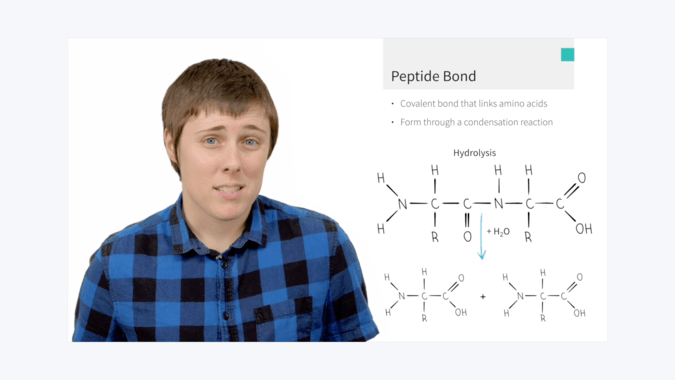
Furthermore, you will also have to know some specific examples of inhibitors and activators for the rate-limiting steps. Being able to critically solve negative and positive feedback questions is vital for example, if more of a product is introduced, based on Le Chatelier’s principle, the reaction will shift to the reactants. It is crucial that you understand the impact on the amount of reactants and products when inhibitors or activators of the reaction are introduced. Rate-limiting steps are actually the most regulated steps in biochemical pathways.

By thoroughly understanding each rate-limiting step, you can better gauge the reversibility or irreversibility of the pathways and what happens to the pathway if a certain step is affected. In order to do this, you first must understand what exactly a rate-limiting step is and what this means for the overall reaction. Rate-limiting steps are key!Įven if you haven’t memorized every step of the pathway, you can still get most of the pathway questions correct! The trick here is to memorize the enzyme, reactant, and product for each rate-limiting step of each biochemical reaction, as these are the highest yield. Is it a catabolic or anabolic pathway-does it break down molecules or synthesize new ones? Furthermore, consider how endocrine hormones (such as insulin and glucagon) can affect this pathway. Your first goal should be to thoroughly understand the purpose of the biochemical pathway and its final end product. Although it seems like common sense, many students blindly memorize minutiae without even understanding the fundamental purpose of the chemical reaction. Do two pathways work together, compete with each other, follow sequentially, or serve completely different functions? 2.

Furthermore, consider the specific biochemical pathways in relation to the other biochemical pathways. It is crucial to know where the metabolic pathways take place at the cellular level and in the body. Before delving into the details, focus on the overall picture. The primary biochemical pathways that you need to be familiar with for the MCAT are glycolysis, fermentation, Krebs Cycle, electron transport chain/oxidative phosphorylation, gluconeogenesis, glycogenolysis, glycogenesis, fatty acid synthesis, beta-oxidation of fatty acids, and pentose phosphate pathway. The MCAT Biochemistry section ultimately requires a strategic approach to plan your preparation. While many students are determined to push themselves through this time-intensive brute memorization, the key to the biochemistry section is ultimately prioritizing high-yield content over minute details.

Your first priority should NOT be memorizing every single reactant, product, and enzyme for each metabolic pathway.
#MCAT BLUEPRINT HOW TO#
Most students are instantaneously overwhelmed and unsure how to proceed. Every MCAT student’s greatest fear: the web of arrows and perplexing jargon to decipher when studying for the biochemistry section.


 0 kommentar(er)
0 kommentar(er)
